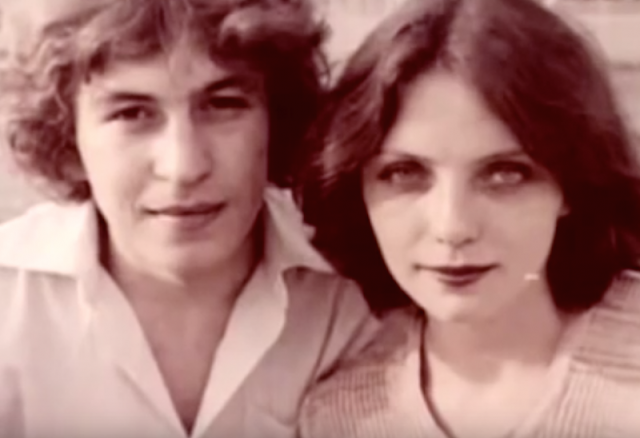The Iceman. Or Ötzi.
The Iceman. Or Ötzi.
In 1991, two German tourists discovered something in the ice while they were on holiday in the Ötzal Alps on the Austrian–Italian border. It looked like a body, so they thought it was a modern climber.
However, it was a body over 5300 years old. Ötzi lived between 3400 and 3100 BCE. He was from the Copper Age.
Otzi reconstruction in the museum in Italy.
This was the oldest-known preserved human being; far older than the Egyptian and Inca mummifications or the corpses found pickled in peat bogs.[1]
As a comparison, “deliberate mummification became an integral part of the rituals for the dead beginning as early as the 2nd dynasty(about 2800 BC)”.[2]
Other than that, Otzi is the owner of the oldest tattooed human skin.
Bracelet tattoos on his wrist.
Tattoos (black lines made with charcoal)
The coolest part of the story is that, beside the body, many pieces of his clothes and equipment were preserved. The parts of his backpack, shoes, an axe, a bow and arrows, a quiver, and others fragments of clothing items were found near or on his body.
His clothing was made solely from leather, hide and braided grass. It was stitched together with animal sinews, grass fibres and tree bast. No wool or woven textile was found. Unfortunately, there are no comparable items from Ötzi’s era, so we don’t know whether he was wearing traditional everyday wear or special clothing. In any case, Ötzi was well prepared for life in the wilderness.[3]
Otzi's bear-cap
This valuable discovery led to a jurisdictional arguments between the Austrian and Italian governments. An analysis of the location found that the body was lying 92 meters inside the Italian territory. The Iceman is now kept in the South Tyrol Museum of Archaeology in Bolzano, Italy.
The scientists examining the corpse managed to reveal his cause of death.
He likely suffered a head injury before he died roughly 5,300 years ago, according to a new protein analysis of his brain tissue.Ever since a pair of hikers stumbled upon his astonishingly well-preserved frozen body in the Alps in 1991, Ötzi has become one of the most-studied ancient human specimens. His face, last meal, clothing and genome have been reconstructed — all contributing to a picture of Ötzi as a 45-year-old, hide-wearing, tattooed agriculturalist who was a native of Central Europe and suffered from heart disease, joint pain, tooth decay and probably Lyme disease before he died.[4]
Also, they figured out exactly how he died.
Otzi's axe
Garry Rodgers, a retired homicide detective and forensic coroner, and now bestselling crime writer, explains what happened to the famous man.
The day before Otzi’s death, he was in a physical altercation down at the village on the valley floor where he suffered the cut hand and possibly the broken right ribs. This caused him to pack up and flee, climbing to the elevated pass where he was overcome by his attacker(s) and shot with the arrow from behind and below. This wound would have put Otzi into hemorrhagic shock and he would have quickly collapsed and internally bled out. Following his collapse, the murderer(s) went up and caved-in the back of Otzi’s head to finish him off.I don’t think this happened in the gully. I’ve looked at the scene photos and can’t envision how Otzi could have been shot from below in that tight gully, which is what the forensic evidence clearly shows on the arrowhead’s track through the body — even if Otzi were bending over.[5] to
Thanks for reading.
Image sources:
Footnotes
- Get link
- X
- Other Apps








Comments
Post a Comment